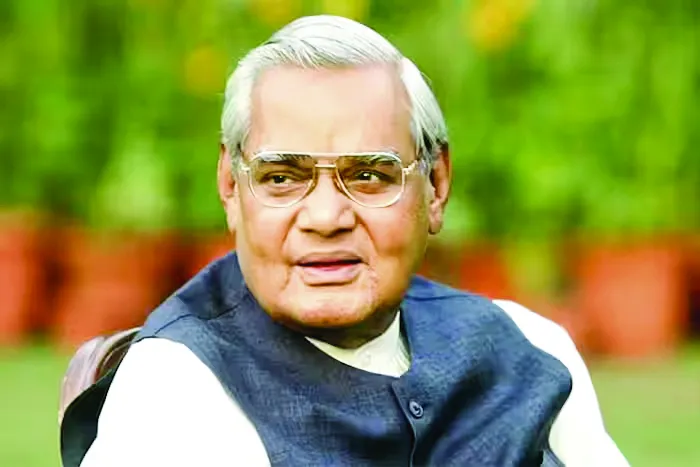The disengagement of Indian and Chinese troops at Patrol Point 15 in the Gogra-Hotsprings area of eastern Ladakh may have been described by many as a development signaling softening of stand by Beijing which is a thaw in the ties, but it cannot be viewed as a major happening that would pave the way for normalization of relations between India and China. In fact, the work is less than half done for New Delhi. India’s demand for restoring the pre-April 2020 status quo ante along the Line of Actual Control (LAC) with China remains to be fulfilled by the Chinese government. In all the military and diplomatic level talks, India has been emphasizing on restoring the status quo ante as of April 2020 along LAC. This is what continues to be India’s aim. This ultimate goal has to be achieved and kept in mind while dealing with China on the border row. It is, undoubtedly, an outcome of the pressure that External Affairs Minister S. Jaishankar has been able to build on China over the last several months that Beijing agreed to withdraw its troops from the fifth friction point in Eastern Ladakh along LAC. What apparently drove the Chinese camp jittery was Jaishankar’s stern warning on various occasions that normal bilateral and diplomatic relations between India and China cannot be restored without resolution of the LAC issues. With Prime Minister Narendra Modi and Chinese President Xi Jinping set to be together at the Shanghai Cooperation Organisation (SCO) Summit in Uzbekistan beginning today, China was under intense and increased pressure to take this step so as to avoid being at the receiving end of carping criticism by the top leaders of international community to be present at Samarkand for its aggressive behaviour at the cost of disregarding territorial integrity of other nations. The Indian foreign minister has already driven home the message that China is violating the written border pacts and agreements. The US and other western countries need hardly more evidence to be convinced of China’s belligerence. India has plenty of examples and records that cement the belief that China is not a trustworthy neighbour. What strengthens this line of thinking further is that there is no assurance on the part of Beijing on resolution of other equally and more critical friction points.
The present disengagement may be considered another step in the direction of resolving the border issues further, but it is not an end to the border crisis. Experts say that resolution in the Demchok and Depsang regions still remains to be achieved. Has the Chinese government given any indication to resolve the deadlock on these two critical regions? Certainly not. China’s argument is that they pre-dated the current tensions. It means that the India and China LAC standoff is far from over. Moreover, there is no guarantee that the Chinese will respect whatever buffer zones are there in future. Therefore, what India needs to do is that it must continue its diplomatic push to step up pressure on China so that restoration of the status quo ante of April 2020 could be a possibility. New Delhi must not let its guard down, a fact that the Indian government must be aware of as well. The diplomatic campaign to check China’s belligerence should be as vigorous as it is now, for which support of the Western and other friendly countries should be garnered like previously. What the latest disengagement means for India has been explained quite aptly by EAM Jaishankar on Wednesday. At a press conference with his French counterpart on 14 September, Jaishankar quipped that the disengagement between India and China at the Patrolling Point 15 in eastern Ladakh is “one problem less on the border”. That India is not at all celebrating this development as a big achievement was the clear message that Jaishankar sought to send out. India is aware that there are more critical issues waiting to be resolved at the LAC. What Jaishankar is also signaling is that New Delhi is by no means under the impression that the border crisis has ended or will soon end with the latest disengagement. What is more worrisome is that China has not yet shown any intent to de-escalate. So, despite the disengagement ‘breather’, India needs to continue to breathe down China’s neck till the final goal in terms of resolving the border crisis is achieved. Mounting more pressure on Beijing is the need of the hour.













